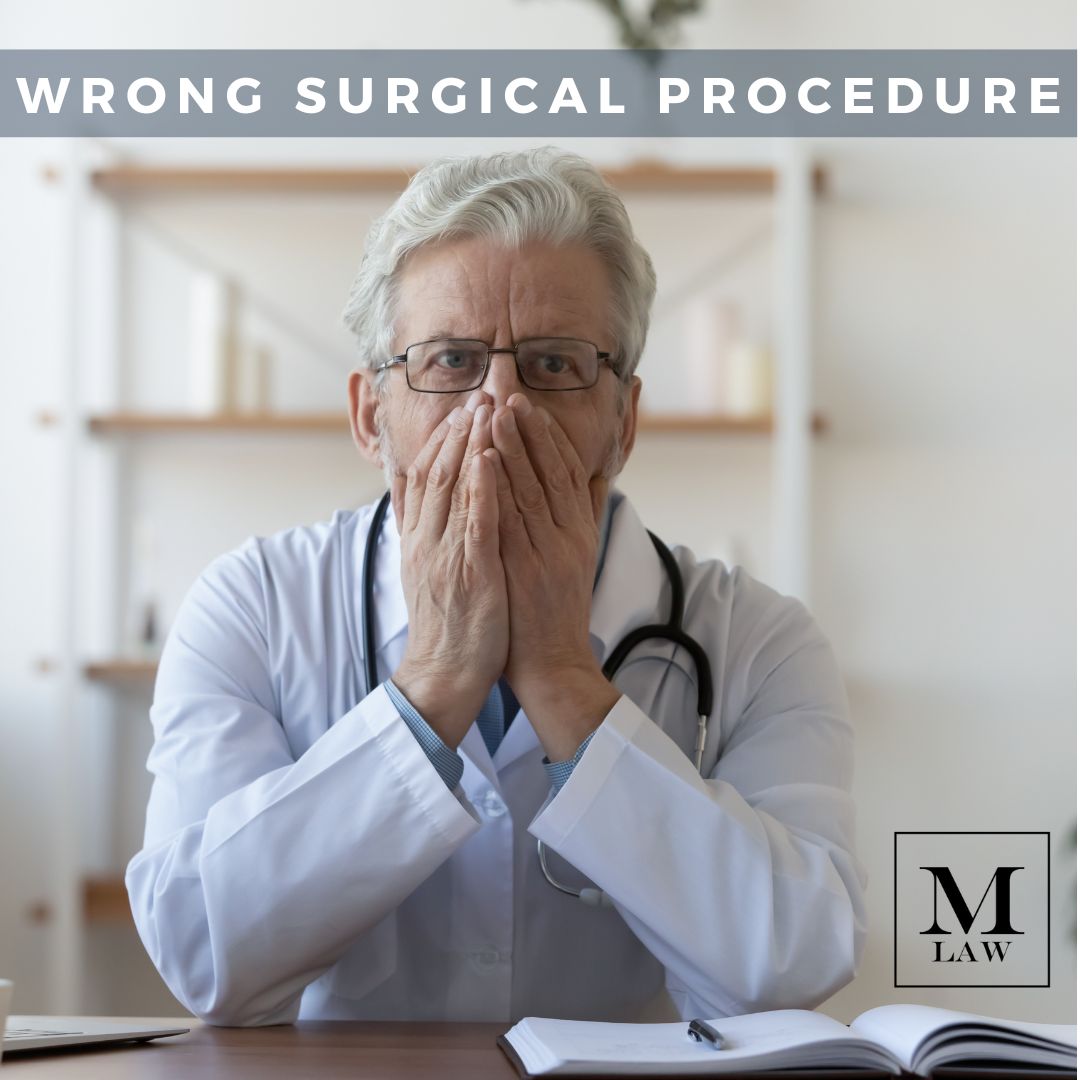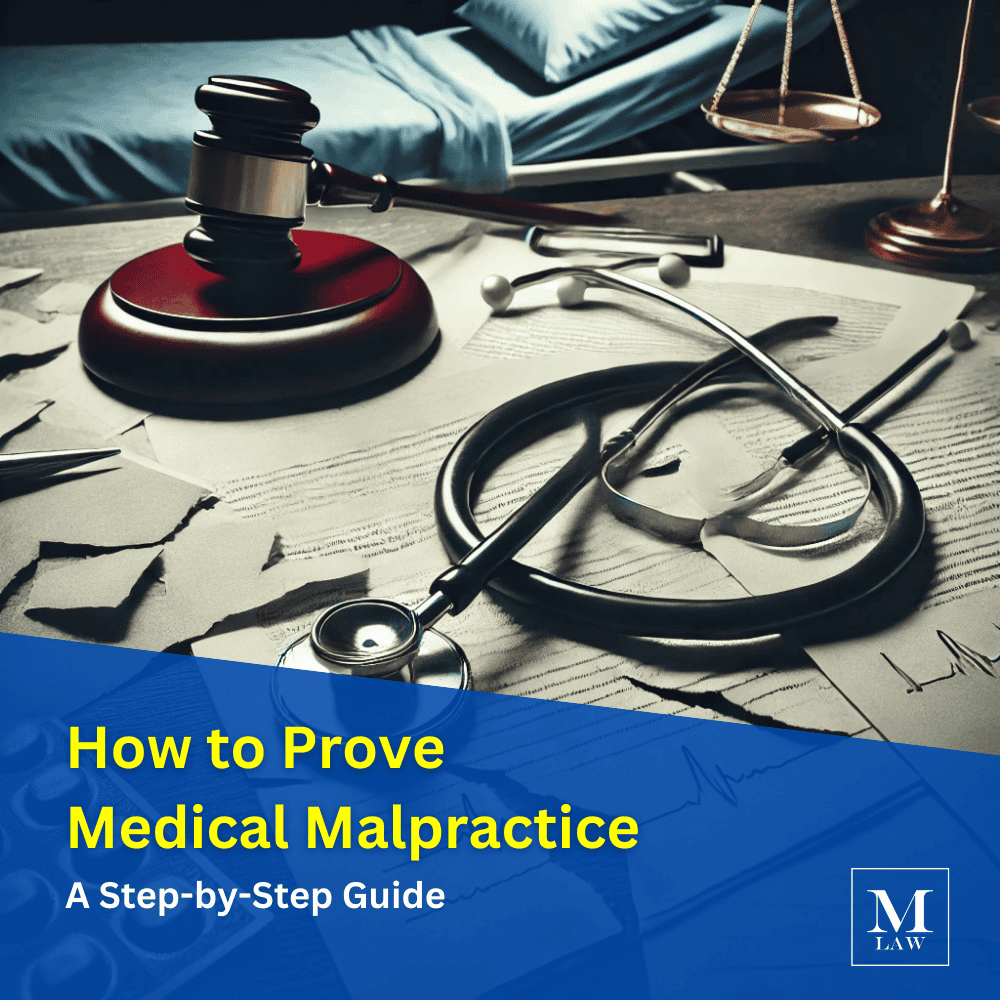On this blog, we’ve discussed wrong-patient surgery and wrong-site surgery, but there’s another medical “never event” similar to these. This “wrong surgical procedure,” where doctors perform an incorrect surgery on a patient, and it’s just as terrifying as the others.
Imagine being put under for a surgery, only to find out when you wake up, that you received an entirely different, and pointless, surgery instead.
It happened to one patient in 2010, a 65 year-old woman who sought surgery for her trigger finger. She underwent surgery under local anesthesia, but her surgeon realized immediately after the procedure that he had performed the wrong operation – a carpal tunnel correction instead of a trigger finger correction. In the grand scheme of things, the mistake was minor. The patient fully recovered, and the operations, at least to a layman, are quite similar. But had circumstances been different, there could have been dire consequences.
In this post, we will delve into the concept of wrong surgical procedure malpractice, explore preventative measures taken by doctors, discuss the repercussions for patients, and shed light on how patients can pursue financial compensation with the guidance of a medical malpractice lawyer.
Understanding Wrong Surgical Procedure Malpractice
Wrong surgical procedure malpractice refers to a medical error where a surgeon performs an operation on a patient that is different from what was intended or medically necessary. This can happen due to various factors, including miscommunication, inadequate preoperative planning, clerical errors, or negligence during surgery. Such errors can lead to serious physical and psychological harm to patients, leaving them in distressing situations.
Preventing Wrong Surgical Procedures
Medical professionals employ various safeguards to prevent wrong surgical procedures. The Universal Protocol, developed by the World Health Organization (WHO), outlines standardized steps to enhance patient safety in surgical settings. These protocols include proper patient identification, preoperative verification, marking the surgical site, and conducting a “time-out” before the surgery to ensure everyone is in agreement regarding the procedure. Additionally, clear and effective communication among the surgical team is crucial to minimizing the risk of wrong surgical procedures.
Consequences of Receiving the Wrong Surgery
The consequences of receiving the wrong surgery can be devastating for patients. They may endure unnecessary physical pain, complications, and prolonged recovery periods. The emotional and psychological distress resulting from such an incident can also be profound, impacting the patient’s quality of life and overall well-being. Moreover, additional corrective surgeries may be required to rectify the initial error, further burdening the patient physically, emotionally, and financially.
Pursuing Financial Compensation with a Medical Malpractice Lawyer
Patients who have experienced the trauma of a wrong surgical procedure deserve justice and financial compensation for the harm they have endured. Seeking assistance from a knowledgeable medical malpractice lawyer is crucial in navigating the complex legal landscape and ensuring the patient’s rights are protected.
A medical malpractice lawyer specializing in wrong surgical procedures will review the case, gather medical records and evidence, consult with medical experts, and build a strong claim on behalf of the patient. These dedicated attorneys understand the intricacies of medical malpractice laws and work diligently to hold responsible parties accountable.
The compensation sought may cover medical expenses related to the wrong surgery, additional corrective procedures, rehabilitation, pain and suffering, loss of income, and any other damages incurred as a result of the malpractice. A skilled medical malpractice lawyer will negotiate with insurance companies on behalf of the patient or pursue litigation if a fair settlement cannot be reached.
Get in touch with our team of medical malpractice lawyer by calling our office or filling out our confidential contact form.








